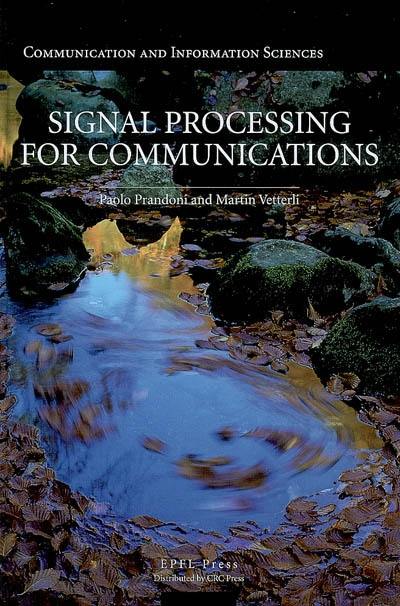
Collection(s) : Communication and information sciences
Paru le 03/07/2008 | Cartonné XV-371 pages
Professionnels
With a novel, less classical approach to the subject, the authors have written a book with the conviction that signal processing should be taught to be fun. The treatment is therefore less focused on the mathematics and more on the conceptual aspects, the idea being to allow the readers to think about the subject at a higher conceptual level, thus building the foundations for more advanced topics.
The book remains an engineering text, with the goal of helping students solve real-world problems. In this vein, the last chapter pulls together the individual topics as discussed throughout the book into an in-depth look at the development of an end-to-end communication system, namely, a modem for communicating digital information over an analog channel.
Richly illustrated with examples and exercises in each chapter, the book offers a fresh approach to the teaching of signal processing to upper-level undergraduates.
After studies in Padua and Berkeley, Paolo Prandoni received his Doctorate from the Swiss Federal Institute of Technology in Lausanne (EPFL) in the Audiovisual Communications Laboratory in 1999. His interests have included musical timbre, audio modelling and compression, communication system design and image analysis. He is now the founder and Director of Quividi, a company based in Paris, France, and is a visiting lecturer in signal processing at the EPFL.
Martin Vetterli works at the Swiss Federal Institute of Technology in Lausanne (EPFL) on signal processing and communications, with an emphasis on wavelet theory and applications, image and video compression, joint source-channel coding, self-organized communication systems and sensor networks. He has won many prizes including the Swiss National Latsis Prize in 1996, the SPIE Presidential award in 1999, and the IEEE Signal Processing Technical Achievement Award in 2001. He is a fellow of the IEEE, a member of SIAM, and has held numerous editorial roles. He is the author of two other books and more than 150 research articles.